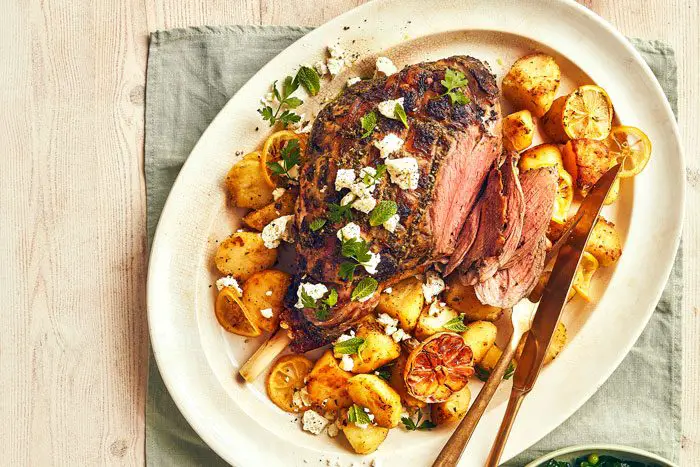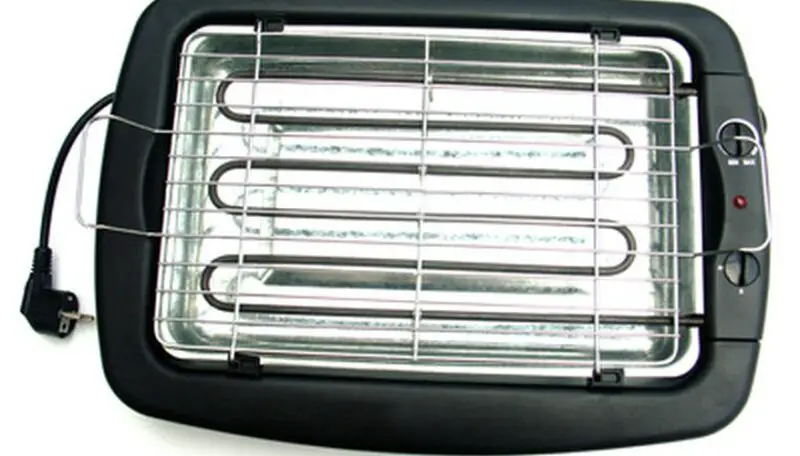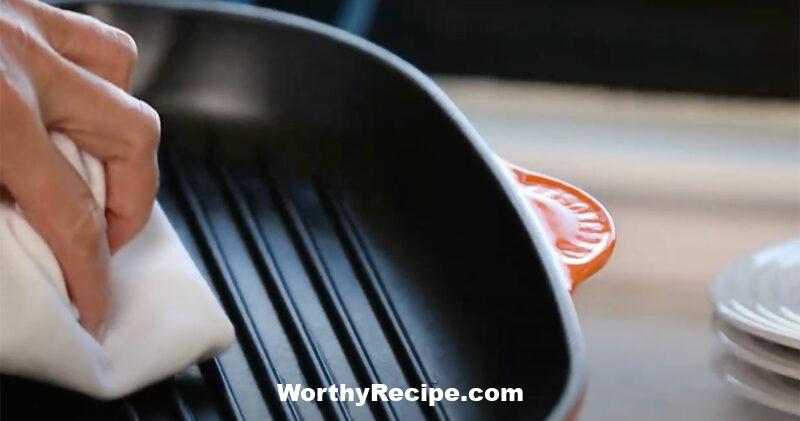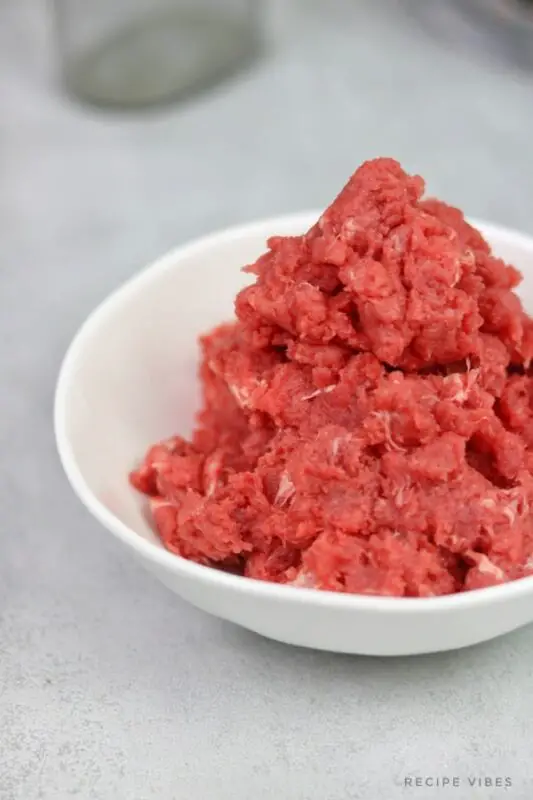What Color is Lamb Shank When Cooked?
Lamb shank is a versatile cut that has been popular in various cuisines for centuries. It is a rich, flavorful cut that is perfect for stews, braising, roasting or grilling. However, while there are many factors that contribute to its flavor and texture, color is also an important factor to consider. So, what color is lamb shank when cooked? In this article, we will explore the different factors that affect the color of lamb shank and its variations based on cooking methods.
Factors Affecting The Color of Lamb Shank
The final color of lamb shank after it is cooked depends on several factors such as genetic traits of the lamb breed, diet and age of the lamb, cooking method, seasoning, temperature and duration.
- Genetic Traits: Different breeds of sheep have different colored meat. For example, Dorper sheep are known for producing darker meat while Suffolk sheep produce lighter colored meat.
- Diet and Age: The diet given to the sheep can also impact the color of the meat. Grass-fed lamb tends to have a deeper color than grain-fed lamb. Additionally, young lambs tend to have lighter colored meat compared to older ones.
- Cooking Method: The method used when cooking lamb shank significantly influences its final color. Braising produces a deep brown exterior while roasting results in a brighter pink interior with a crusty brown exterior.
- Seasoning: The spices and marinating agents used can also affect both taste and appearance of lamb shank meat.
Stages of Cooking
Lamb shank undergoes several stages of cooking that affect its color and flavor. These stages are the raw stage, cooking process and finished product.
Raw
Raw lamb shank appears pale pink in color with some veins of fat running throughout. It is important to purchase fresh meat to ensure optimal color since exposure to air can make the meat brown.
Cooking Process:
The cooking process entails different stages, and the color of lamb shank changes at each stage.
- Initial browning phase: During this phase, the surface of the lamb shank will start to turn light brown or golden-brown. This is due to the Maillard reaction where amino acid content reacting with sugar molecules present in meat causes a change in color and flavor.
- Slow-cooking phase: This phase begins after browning, and the meat will start to develop a deeper brown hue with prolonged cooking times. At this point, its texture becomes more tender as well as its flavor develops over time.
- Finished Product: After cooking for an extended period, the lamb shank changes into a deeper brown exterior while maintaining a pink interior. The level of doneness also influences how deep or light the color becomes. A rare-medium-rare piece of meat will have deep mahogany hues while well-done lamb shank would appear lighter in color.
Color Variation Based on Cooking Method
The different cooking techniques applied produce varying results in lamb shank’s final color and taste.
Braising
Braised lamb shank has a deep rich brown exterior created by searing it first in oil before simmering it slowly in a flavorful braising liquid. This method is ideal for tougher cuts of meat and can be cooked in advance then reheated later, making it perfect for special occasions.
Roasting
Roasting lamb shank is a popular method as well in which usually leaner cuts of the meat works well, mainly if cooked with vegetables. During the cooking process, the meat roasted in the oven with high heat, which causes it to crust over with a golden brown exterior that contrasts with its vibrant pink interior.
Grilling or Smoking
Grilling or smoking results in different textures and color variation as compared to roasting or braising. Grilling works well with leaner cuts of lamb shank like loin chops and leg steaks, while smoking results in a deep smoky flavor and mahogany hue on the outer layer. A smoked lamb shank cut can appear dark reddish-brown exterior while still retaining a light pink interior to ensure it remains moist and tender.
The Impact of Marinades and Seasonings on Lamb Shank Color
Lamb shank provides an excellent base for different types of seasonings that affect not only its taste but also its final appearance. For example, Mediterranean flavors like rosemary or thyme might appear lighter once cooked while spicy seasonings like paprika or cumin create deeper colors after cooking.
Mahogany Vs. Blonde Colored Lamb Shanks:
Traditionally, lamb shanks were blonde-colored generally available throughout the year. However, due to crossbreeding of different strains of lamb species globally bred for specific traits like size, growth rate, and meat quality have caused changes in appearance and texture as well. Mahogany colored lamb shanks are increasingly becoming popular currently because many farmers have switched strains that meet demand for varieties in different local markets.
Final Thoughts
Lamb shank is a delicious cut of meat with a unique flavor that can be prepared in many different ways. It is important to choose the right cooking method depending on the desired result and understanding how factors such as genetics, diet, age, seasoning temperature, and duration can affect the final appearance of the cooked lamb shank. It might require some trial and error to identify which method produces ideal outcomes for you as every individual has distinct tastes preferences. However, with this knowledge and proper preparation techniques you will undoubtedly come up with consistently delicious lamb shank dishes.
Further Reading/Sources:
- The Science of Cooking – Maillard Reaction: https://www.sciencedirect.com/topics/agricultural-and-biological-sciences/maillard-reaction
- Cooking Techniques for Braising Lamb Shank: https://www.epicurious.com/recipes/food/views/braised-lamb-shanks-with-garlic-and-rosemary-105883
- Rib Cuts of Lamb: Blonde or Mahogany?: https://blog.americangrassfedbeef.com/lamb-ribs-blond-mahogany/
What makes lamb shanks colorful when cooked?
When cooking lamb shanks, it’s the Maillard reaction that causes the natural sugars and proteins in the meat to caramelize and turn brown. This creates a beautiful golden-brown hue which is simply irresistible.
Is it normal for lamb shanks to turn dark in color when cooked?
Yes, it’s normal for lamb shanks to take on a darker appearance when cooked. This is because of the concentration of flavors that develop during the cooking process. However, if your lamb shank appears too dark (almost burnt), it may be an indication that it has been overcooked.
Are there any variations of color for lamb shanks when cooked?
The color of the lamb shank can vary depending on factors like age, breed, and feed. Generally, grass-fed lambs will produce meat with a slightly lighter hue, while grain-fed lambs tend to produce darker and richer-colored meat.
How can you tell if your lamb shank is cooked just right?
The best way to tell if a lamb shank is cooked to perfection is by using a digital thermometer. The internal temperature should read between 165-170°F (74-77°C) for medium-rare and 175-180°F (79-82°C) for medium. Alternatively, you can check if the meat falls off the bone tenderly, as this will indicate that it’s fully cooked and ready to serve.






